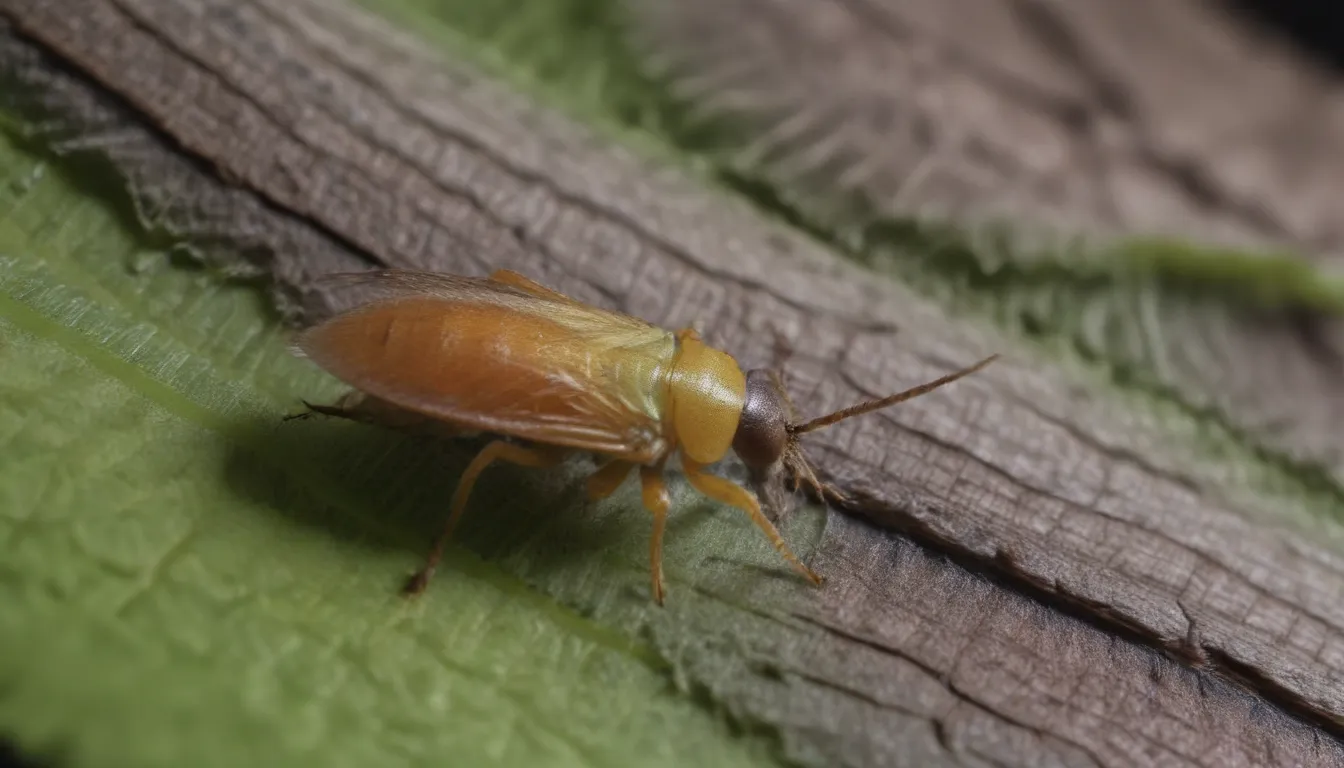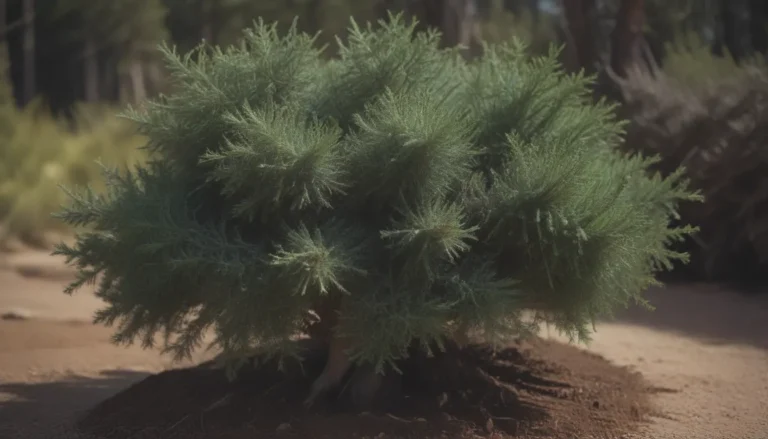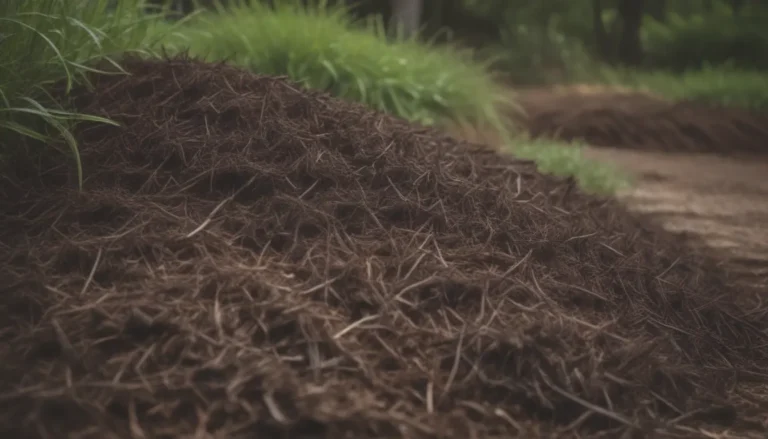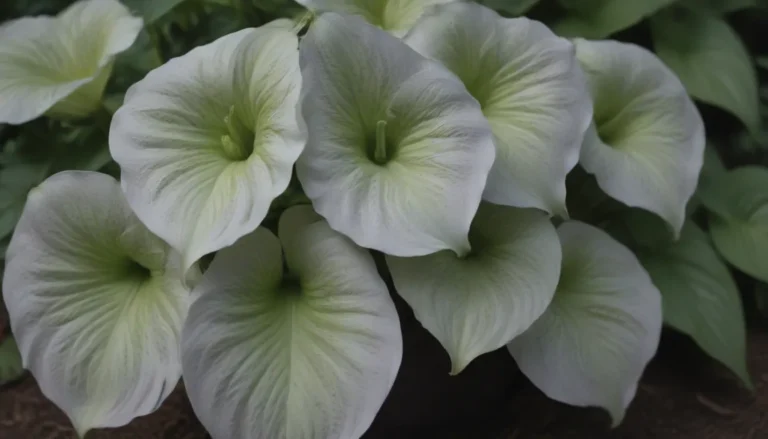Complete Guide to Controlling and Preventing Leafminer Damage on Plants

Welcome to our comprehensive guide on how to effectively manage and prevent leafminer damage on your beloved plants. Leafminers can be a nuisance, causing unsightly squiggly lines on leaves, but fear not! We’re here to equip you with the knowledge and tools to tackle this pesky issue head-on.
Understanding Leafminer Damage
Leafminers are the larvae of various insects such as beetles, flies, moths, and sawflies. These tiny pests lay their eggs on plant leaves, and once hatched, the larvae burrow into the leaf tissue, creating characteristic squiggly trails as they feed. The damage caused by leafminers is not typically fatal to plants, but severe infestations can weaken them and potentially lead to crop loss, especially in leafy vegetables like spinach, lettuce, and chard.
Signs of Leafminer Damage
- Squiggly lines on leaves
- Whitish transparent blotches
- Dark dots at the end of tunnels
Detecting Leafminer Damage
Not all leafminers create zigzag patterns on leaves; some may leave whitish transparent blotches instead. Plants like columbine, Swiss chard, beets, cucumber, and lettuce are common targets for leafminer infestations. Keep an eye out for signs of damage on both vegetable crops and ornamental plants.
Controlling Leafminers Naturally
When it comes to managing leafminers, chemical insecticides should be a last resort. Here are some eco-friendly methods you can use to control leafminer damage effectively:
-
Remove Affected Leaves: If you spot leafminer damage, promptly remove the affected leaves to eliminate the pests and prevent further spread.
-
Companion Planting: Intercropping your plants with companion species that attract beneficial insects can help naturally control leafminer populations.
-
Early Spring Spraying: Target adult leafminers early in the spring by using insecticidal sprays like neem to prevent egg laying.
Ensuring Plant Health
Maintaining the overall health of your plants is key to minimizing leafminer damage. Here are some tips to keep your garden thriving:
- Ensure proper watering and fertilization
- Monitor for signs of stress or nutrient deficiencies
- Practice good garden hygiene by removing debris and weeds
Dealing with Severe Infestations
In cases of severe leafminer infestations, you may need to resort to using systemic insecticides. However, it’s essential to exercise caution with these potent chemicals and consider the following:
- Selective use on ornamental plants
- Avoid using on edible crops
- Apply before eggs hatch for maximum effectiveness
Prevention is Key
To prevent future leafminer infestations, adopt preventive measures in your gardening routine:
- Regularly inspect plants for early signs of leafminer activity
- Remove and destroy infested leaves promptly
- Monitor vulnerable plants closely during peak infestation periods
By staying vigilant and implementing preventive strategies, you can safeguard your plants against the damaging effects of leafminers.
Conclusion
In conclusion, while leafminer damage can be a nuisance for gardeners, it is manageable with the right knowledge and proactive measures. By understanding the behavior of leafminers, detecting early signs of infestation, and employing natural control methods, you can protect your plants and enjoy a thriving garden. Remember, a healthy garden starts with proper care and attention to detail. If you encounter leafminer damage, don’t be discouraged—take action promptly and watch your plants flourish once again.
So, arm yourself with the tools and knowledge needed to combat leafminer damage, and your garden will thank you for it! Happy gardening!





